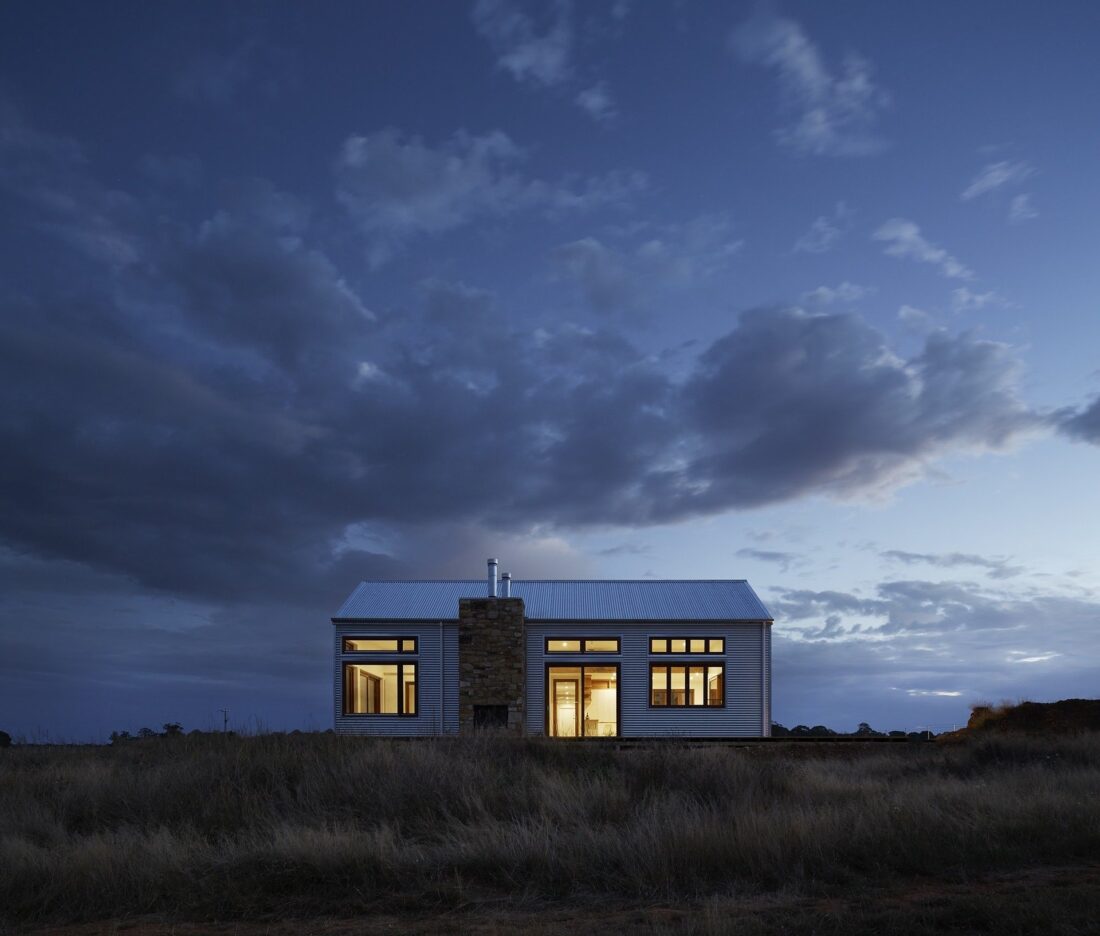 Granny flats. Mother-in-law suites. Carriage houses.
Granny flats. Mother-in-law suites. Carriage houses.
No matter what you call them, there’s no denying that accessory dwelling units have exploded in popularity within the last decade.
Maybe it has to do with the widespread affordable housing shortage. Maybe it’s related to the increased demand for short-term rentals.
Regardless, 1.4 million properties in the United States have accessory dwelling units, according to Freddie Mac. And the number of first-time listings has skyrocketed over the last 10 years, growing by an average of 8.6% a year.
So what are these charming, innovative housing alternatives, and how can you get in on the action?
Table of Contents
Accessory Dwelling Units
Though they come in all shapes and sizes, ADUs are generally defined as secondary dwelling units that provide complete facilities for one or more people to live independently.
Fortune Builders define complete facilities as “permanent solutions for living, sleeping, eating, cooking, and sanitation.” ADUs typically make use of the existing house’s water and energy connections, and many have their own entrances.
State and local zoning laws have their own guidelines as to what counts as an ADU: Some are size-restricted. Others might have to be out of the neighbors’ sight. You may be required to provide parking, or you may only be limited to one bedroom.
If you’re thinking about building an ADU of your own, it’s important to know what options are available. Once you’ve picked your style, ADU services from Acton ADU can work with you every step of the way to ensure compliance with local restrictions.
Detached
A detached ADU is a free-standing structure independent of the main unit, like a cottage or separate garage. These ADUs are typically the most expensive to build — especially if they are not being converted from an existing building.
ADU costs depend on a variety of factors, like design, permitting, utilities, and construction. The characteristics of the property can also affect the cost. For example, some properties may be harder to access or may require additional TLC in order to make them habitable.
ADU advocate Kol Peterson estimates that the average cost of building a detached ADU is $181,000, or an average of $305 per square foot.
Attached
An attached ADU shares at least one wall with the main unit. It may sound like an interior ADU, but attached ADUs are usually built as an addition or extension of the main unit.
One of the more affordable types, attached ADUs cost an average of $154,400 to build, or roughly $300 per square foot.
Interior Conversion
An interior conversion ADU is a unit that originated from existing space in the main unit, like an attic or basement.
These may seem like a more affordable option since you don’t have to construct an entirely new structure. However, you may still need to hook up water, energy, and plumbing.
Because of these additional considerations, Peterson estimates the average cost of an interior conversion ADU is $185,000, or $265 per square foot.
Garage Conversion
Even more affordable than an attached ADU, a converted garage runs an average of $142,000 to build, or roughly $297 per square foot. This is largely because you don’t have to build any additional square footage; the area you’re working with already exists.
Above-Garage
An above-garage ADU can either be attached or detached from the main unit. But these are among the more pricey options; the average cost to build an ADU above a detached garage is $217,714.
While the cost-per-square-foot average is considerably lower than with other types, above-garage ADUs can also provide more space — thus explaining the significant difference in prices.
Junior ADUs
These ADUs are similar to interior conversions because they are located within the existing walls of the primary residence. While they still have their own exterior entrance, they may share a bathroom with the primary residence.
Additionally, junior ADUs usually do not exceed 500 square feet, and they often include “efficiency kitchens” with a sink, cooking appliance, counter surface, and storage.
Benefits of ADUs
ADUs are appealing for several reasons — the first being profit. Building an ADU on your property creates a new revenue stream, whether you choose to rent on short-term or long-term leases.
Some people move into their ADUs to rent out their main homes. Others do the opposite. Either way, an ADU increases the occupancy rate for the same plot of land, resulting in more affordable living quarters.
Another reason people are drawn to ADUs is that they allow parents of younger families to move closer to the caregivers or loved ones.
Maybe you’d like to keep a better eye on your aging parents. Maybe you’re young, just starting out, and looking to stay close to home while you save up. ADUs keep families closer together without sacrificing privacy and personal space.
Drawbacks of ADUs
Not only are ADUs costly to build, but they can also contribute to increased taxes on your property. Moreover, an ADU will reduce the amount of “green space” available for outdoor activities, which is why it’s important to consider how you plan to use your yard.
Keep in mind that ADUs are not simplified living spaces. They require just as much time and attention to detail as building a regular home. And depending on your area’s zoning restrictions, you may have to jump through a lot of time-consuming hoops before you can get your project off the ground.
Ready to Build?
Whether you’d rather do it yourself or hire professionals, the benefits of adding accessory dwelling units to your property can’t be understated.
If you’re ready to take the leap, check out our home improvement section for inspiration on furnishing, decorating, and maintaining your new digs.







